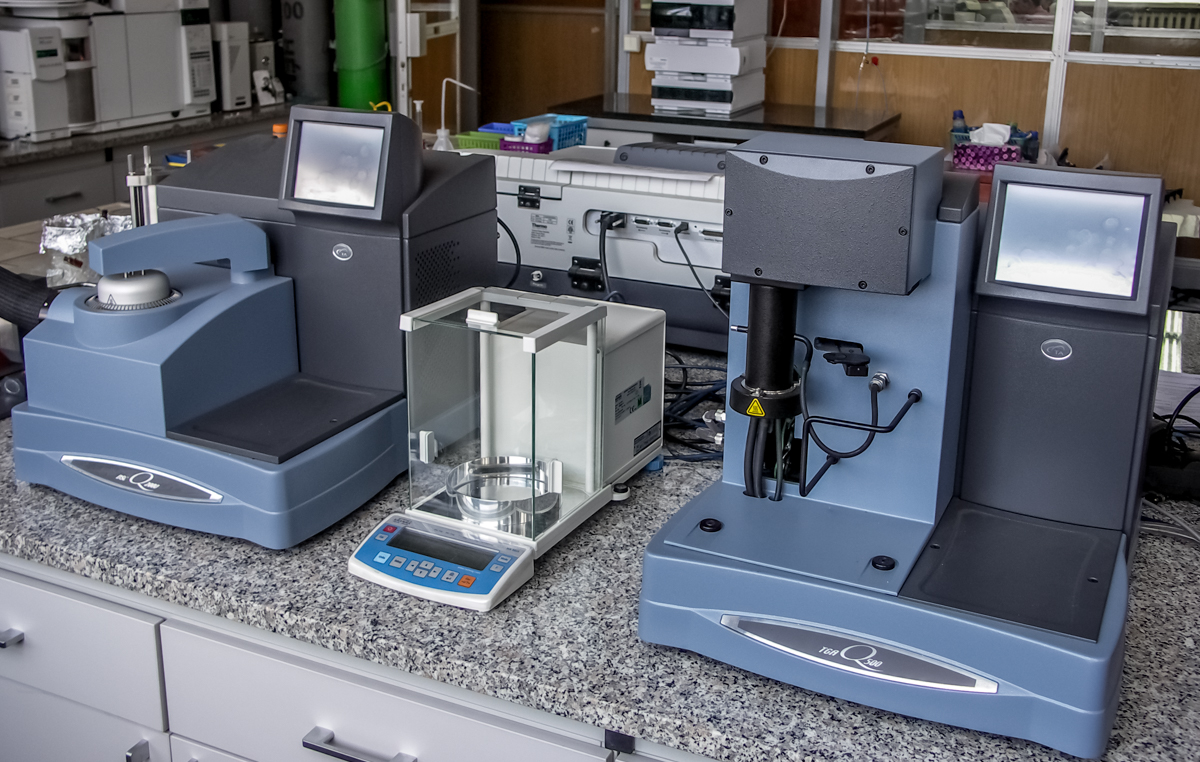BOSMAL a certified supplier of further laboratory services for the Volkswagen Group
Soot content
Heating of the test sample at a stable rate, according to a controlled temperature change programme causes sample weight change through decomposition, oxidation reactions or emission of certain components. As a result, the method allows mass changes as a function temperature to be measured.
Equipment
- The laboratory possesses a thermogravimetric analyzer:
- TA Instruments model Q500 equipped with a quartz furnace for EGA analyses
- device working temperature range from RT to 1000°C
- controlled heating speed: from 0,1 to 100°C/min
Testing norms
PN-EN ISO 11358
ISO 9924-1
ISO 9924-2
ASTM D6370
ASTM E1131
Client norms
- VW, PSA, Mercedes and others
| Document No. | Title/Description |
|---|---|
| PN-EN ISO 11358 | Plastics - Thermogravimetry (TG) of polymers - Part 1: General principles |
| ISO 9924-1 | Rubber and rubber products - Determination of the composition of vulcanizates and uncured compounds by thermogravimetry - Part 1: Butadiene, ethylene-propylene copolymer and terpolymer, isobutene-isoprene, isoprene and styrene-butadiene rubbers |
| ISO 9924-2 | Rubber and rubber products - Determination of the composition of vulcanizates and uncured compounds by thermogravimetry - Part 2: Acrylonitrile-butadiene and halobutyl rubbers |
| ASTM D6370 | Standard Test Method for Rubber - Compositional Analysis by Thermogravimetry (TGA) |
| ASTM E1131 | Standard Test Method for Compositional Analysis by Thermogravimetry |



